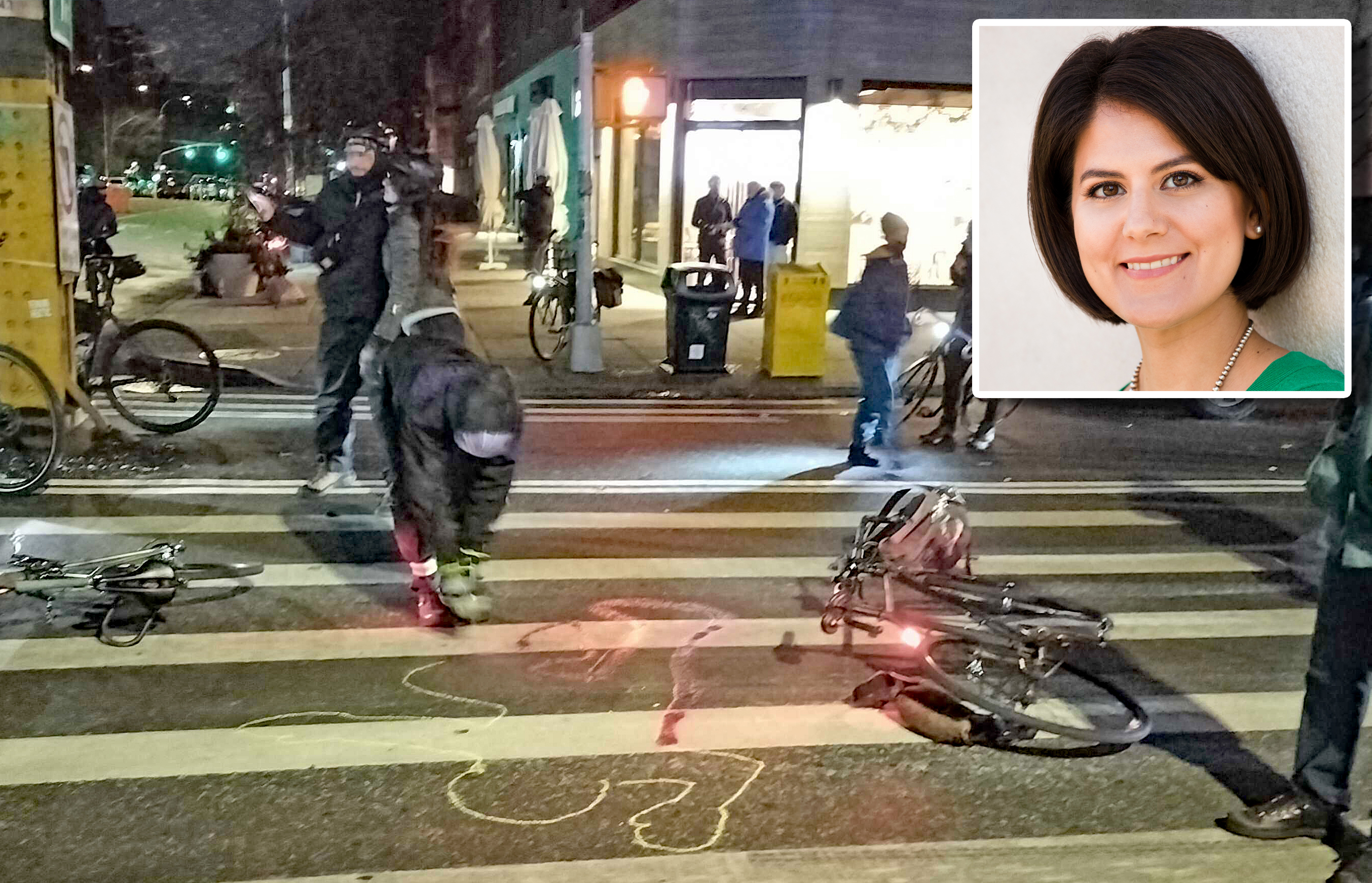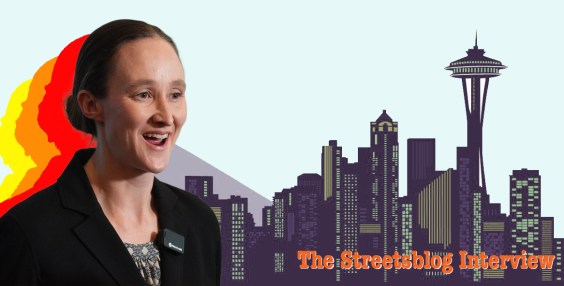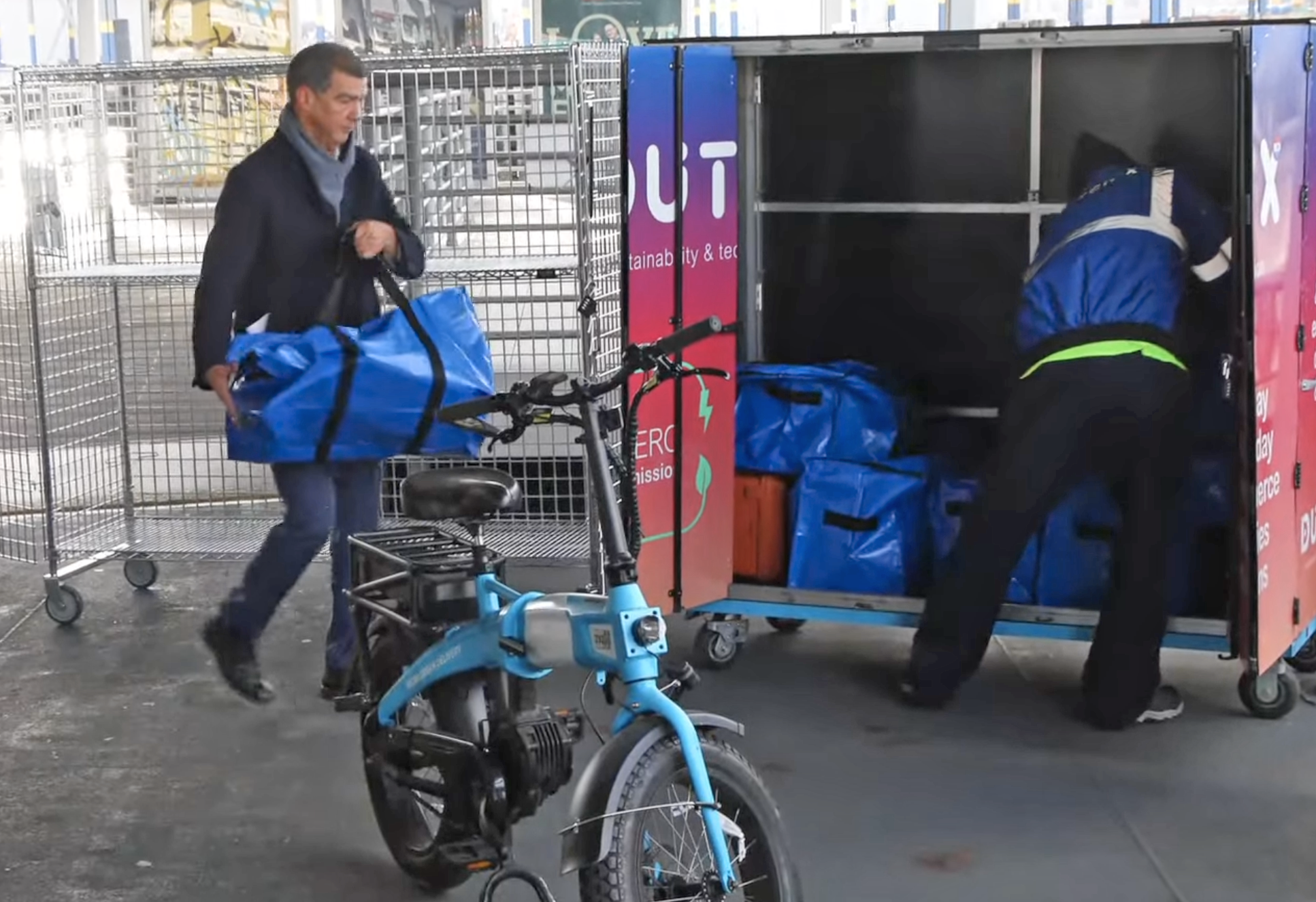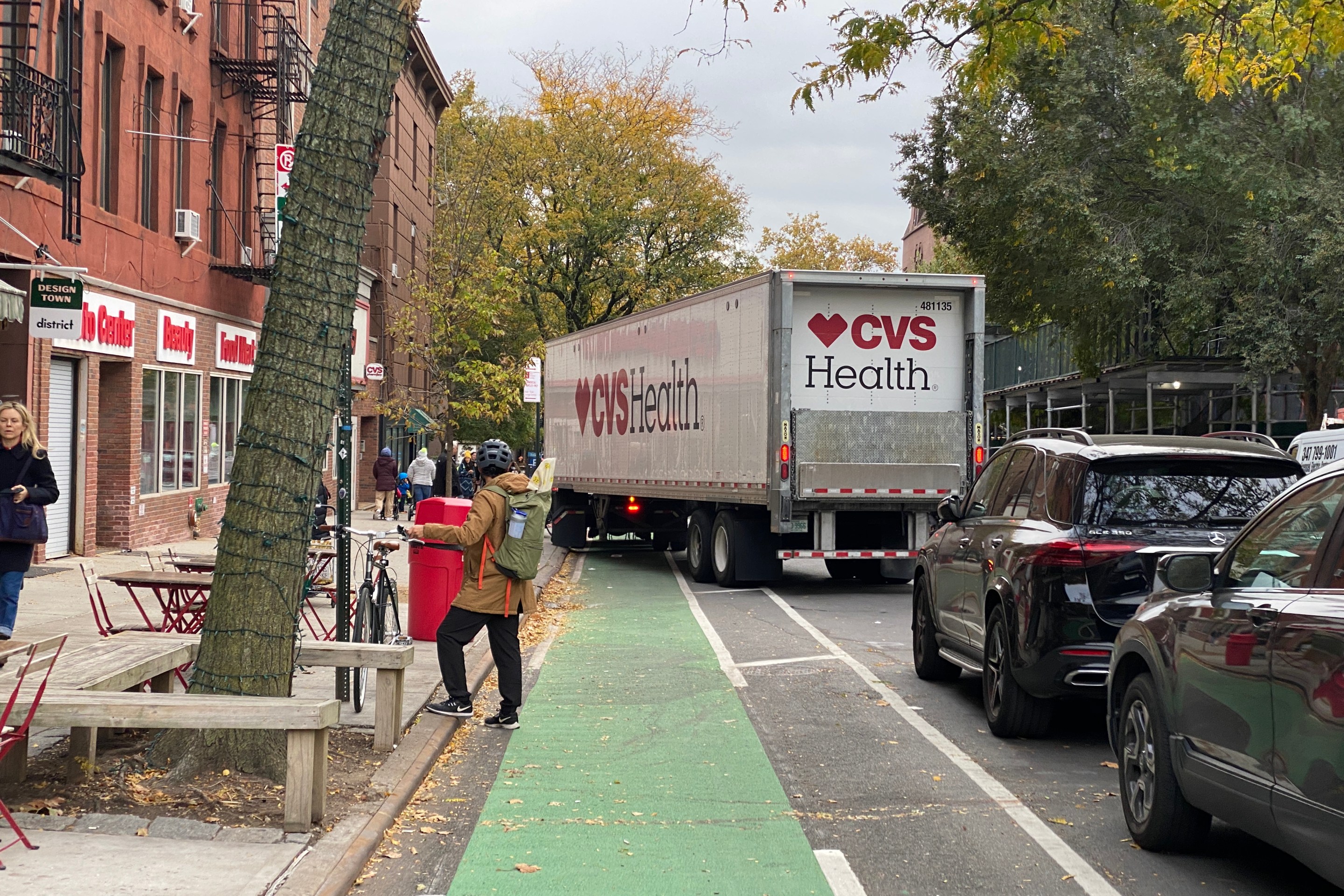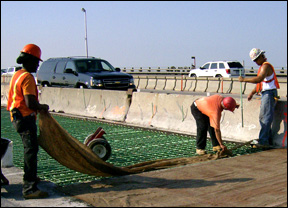
The state Department of Transportation announced yesterday the cancellation of plans to rebuild 5.3 miles of the BQE and the Gowanus Expressway. It wasn't a new round of freeway revolts that killed these projects but the state's busted transportation budget.
"The economic downturn has affected all areas of government and Transportation is not an exception; recent projections show insufficient funds to meet our infrastructure needs," reads the official notice of the projects' demise in the Federal Register. "The cost of the alternatives being evaluated do not fall within NYSDOT’s funding constraints."
This marks a decided change of tone from the state DOT, which until very recently was calling the repairs "critical needs" for public safety, as the New York Post reported today. Together, the two projects could have cost between $2.3 billion for rehab work alone and $35 billion for the most expensive tunnel alternatives, according to NYSDOT's estimates.
At Streetsblog, we're not going to shed tears about a major highway project being cancelled or delayed, especially not while transit is being stripped off the Tappan Zee Bridge and the MTA is being forced to put necessary repairs onto straphangers' credit cards. But it's interesting that in the absence of any political will to put a price on driving, even infrastructure projects designed to benefit motor vehicles, are falling by the wayside.
Not that New Yorkers won't still be paying for the BQE. Even without the reconstruction projects, these are expensive roads. The ongoing redecking of just the Gowanus -- meant only to be an interim solution -- costs around $680 million, according to the state. Canceling the major rehab could end up costing much more in the end if expensive upkeep stretches on for decades, though it would let the state kick the can down the road during a time of fiscal duress.
The situation would be different if new tolls were on the table. Putting a price on the BQE would require federal approval, but Secretary of Transportation Ray LaHood has expressed a clear willingness to allow tolls on interstate highways where appropriate. Had tolls been on the table for the BQE and Gowanus, there would have been any number of different outcomes possible.
By reducing traffic, tolling the BQE and Gowanus would also reduce maintenance costs. If the tolls were set high enough, the lighter traffic load might even make engineers and politicians more comfortable with fewer lanes on the highways, cutting costs even more. A free road for drivers is an expensive road for taxpayers.
Tolls wouldn't just cut costs, of course; they would also raise revenue. If the state wanted the toll to be a strict user fee, it could reinvest the revenue into the two highways. That might be enough for a cheaper tunnel option; a 1996 RPA report estimated the cost of a Gowanus tunnel at between $1.5 and $2.5 billion ($2.2 to $3.6 billion in 2011 dollars). That alternative, which would open up new land for development and knit neighborhoods back together, had widespread community support.
The toll revenue need not be used only for a highway project, especially if the tolls are already saving the highway system money. Investing some of the toll revenue in rail freight infrastructure could be a win-win, helping take heavy trucks off the busy expressways and cutting maintenance costs even further (it wouldn't hurt to restore two-way tolling on the Verrazano, either). Bay Ridge commuters might prefer spending the money on the Triboro RX circumferential subway line rather than the Gowanus. Staten Islanders might prefer new light rail lines connecting them to New Jersey and the ferry.
Once tolls are part of the conversation, there are a lot of options for the BQE and Gowanus. Without them, we're stuck with what we've got.

